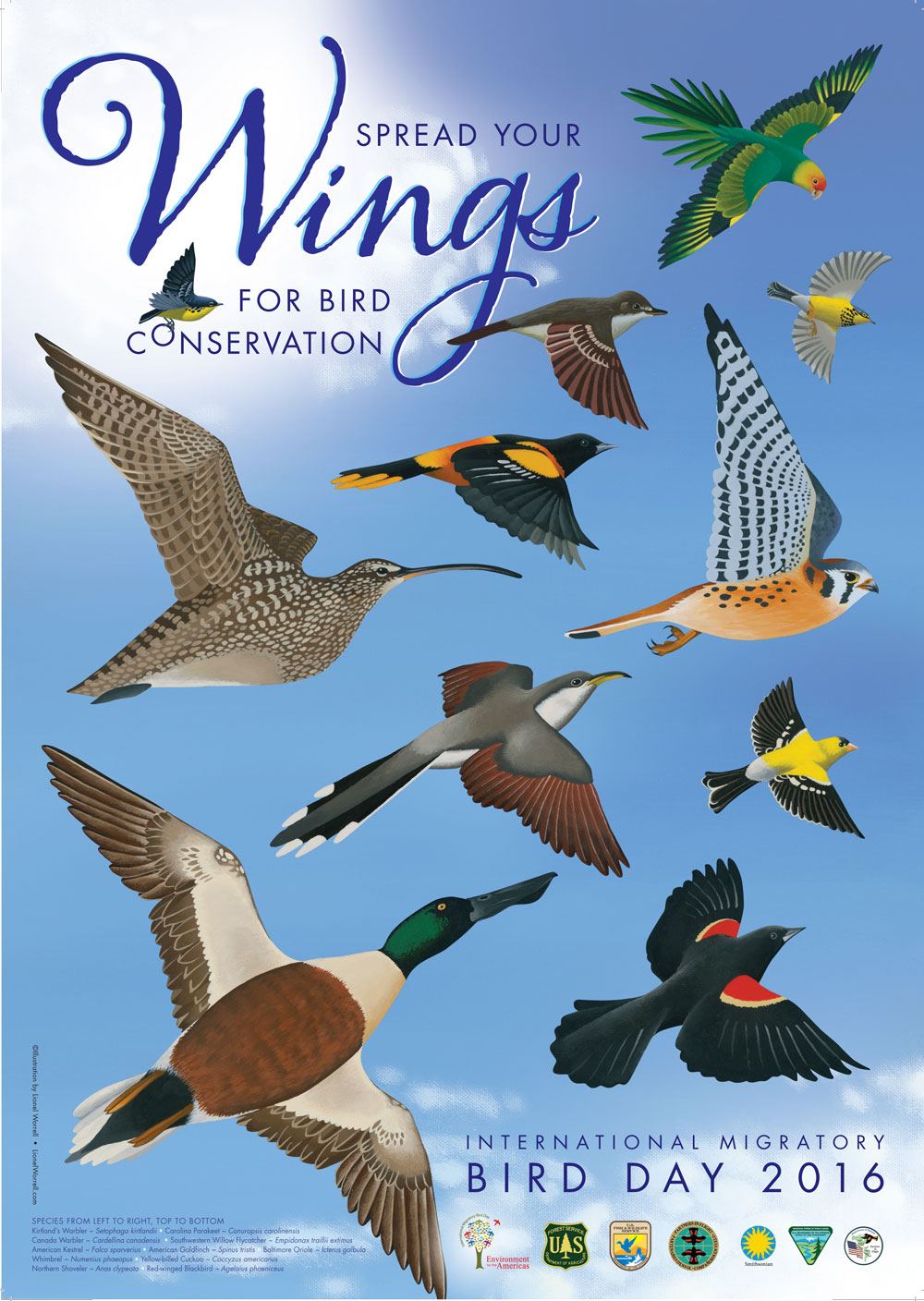 We read everyday about the threats facing birds worldwide. This is nothing new but it is more critical than ever before. Nearly 40% of the bird population of the U.S.has disappeared over the past 50 years. An estimated 1000-1200 species of birds are threatened with extinction within a century; that is 12% of the 10,000 bird species that now exist. There is no single reason, but habitat destruction is certainly a major factor. Climate change – global warming- has also increased the threats to birds. Then factor in the mortality of birds caused by windows, cats, hunting, pollution, wind farms, power lines, pesticides, and other dangers, and we are at a crisis stage. There have been some success stories over the years, such as pulling back the Bald Eagle, Peregrine Falcon, and Whooping Crane from the edge of extinction, but more and larger efforts need to be made to halt the decline of our feathered friends. The feather trade of the late 1800’s and early 1900’s stimulated the rise of the Audubon Society and laws to protect birds. Let’s look at the most important legal landmark.
We read everyday about the threats facing birds worldwide. This is nothing new but it is more critical than ever before. Nearly 40% of the bird population of the U.S.has disappeared over the past 50 years. An estimated 1000-1200 species of birds are threatened with extinction within a century; that is 12% of the 10,000 bird species that now exist. There is no single reason, but habitat destruction is certainly a major factor. Climate change – global warming- has also increased the threats to birds. Then factor in the mortality of birds caused by windows, cats, hunting, pollution, wind farms, power lines, pesticides, and other dangers, and we are at a crisis stage. There have been some success stories over the years, such as pulling back the Bald Eagle, Peregrine Falcon, and Whooping Crane from the edge of extinction, but more and larger efforts need to be made to halt the decline of our feathered friends. The feather trade of the late 1800’s and early 1900’s stimulated the rise of the Audubon Society and laws to protect birds. Let’s look at the most important legal landmark.
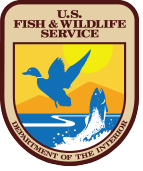 The Migratory Bird Treaty Act | Birders and US Federal Laws
The Migratory Bird Treaty Act | Birders and US Federal Laws
This law makes it illegal for anyone to take, possess, import, export, transport, sell, purchase, barter, or offer for sale, purchase, or barter, any migratory bird, or the parts, nests, or eggs of such a bird except under the terms of a valid permit issued pursuant to Federal regulations. The MBTA is a law that protects birds from people. When Congress passed the MBTA in 1918, it codified a treaty already signed with Canada (then part of Great Britain) in response to the extinction or near-extinction of a number of bird species that were hunted either for sport or for their feathers. According to the USFWS, “The MBTA provides that it is unlawful to pursue, hunt, take, capture, kill, possess, sell, purchase, barter, import, export, or transport any migratory bird, or any part, nest, or egg or any such bird, unless authorized under a permit issued by the Secretary of the Interior. Some regulatory exceptions apply. Take is defined in regulations as: ‘pursue, hunt, shoot, wound, kill, trap, capture, or collect, or attempt to pursue, hunt, shoot, wound, kill, trap, capture, or collect.’ ”
Since its passage, the MBTA has expanded its geographic area (via treaties with Mexico, Japan, and Russia) and the scope of its coverage (adding eagles, corvids, and other birds). In 1962 it was updated to address how Native American tribes can collect feathers from protected birds for religious ceremonies (a practice otherwise banned by the MBTA)
Environmental Organization Web Directory
Glossary of Avian Conservation Biology Terms
Birds and the Law
ConservationOnLine
Bird Conservation Magazine
Bird Conservation Alliance
Bird Conservation Network

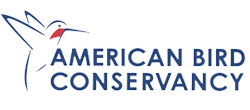
Audubon’s Important Bird Areas Program
Avian Research and Conservation Institute
Birdlife International
British Trust for Ornithology
Smithsonian Conservation Biology Institute
Defenders of Wildlife
Earthwatch Institute
Environmental Protection Agency
National Audubon Society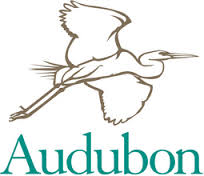
The Nature Conservancy
National Estuary Program
National Fish and Wildlife Foundation
Natl Parks and Conservation Association
National Partners in Watchable Wildlife
North American Bird Conservation Initiative
Partners in Flight
Proact
Royal Society for the Protection of Birds
Smithsonian Migratory Bird Center
USGS Patuxent Wildlife Research Center
Wildfowl and Wetlands Trust
Windstar Wildlife Institute
Species-Specific Conservation Groups
Cerulean Warbler Conservation
Friends of the Lesser White-fronted Goose
Federal Duck Stamp Program
Golden-winged Warbler Working Group
International Crane Foundation
North American Bluebird Society
Platte River Whooping Crane Trust
Purple Martin Conservation AssociationSeabird Restoration Group
World Owl Trust
World Parrot Trust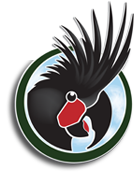
Birds of Prey Organizations
American Eagle Foundation
Barn Owl Centre
The Birds of Prey Foundation
California Condor Reintroduction Program
Canadian Peregrine Foundation
Global Raptor Information Network
Hawk Mountain Sanctuary
Hawkwatch International
International Osprey Foundation
The Peregrine Fund
Raptor Research Foundation

hello, im a girl student, and i really want to help! what can i do?
You can learn as much as you can about birds and ecology and get involved in local conservation organizations.
Hello I recently found a bird and it seems like it’s 2 weeks old but unfortunately I don’t know what type of bird it is
Could u plss help me out
Help you out with what? Care? Identification? Send a photo.